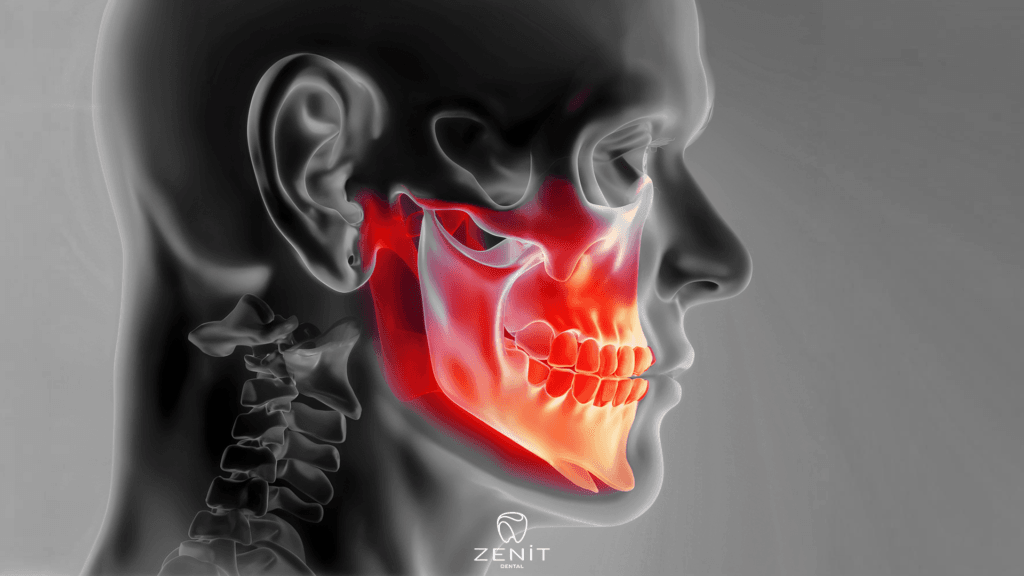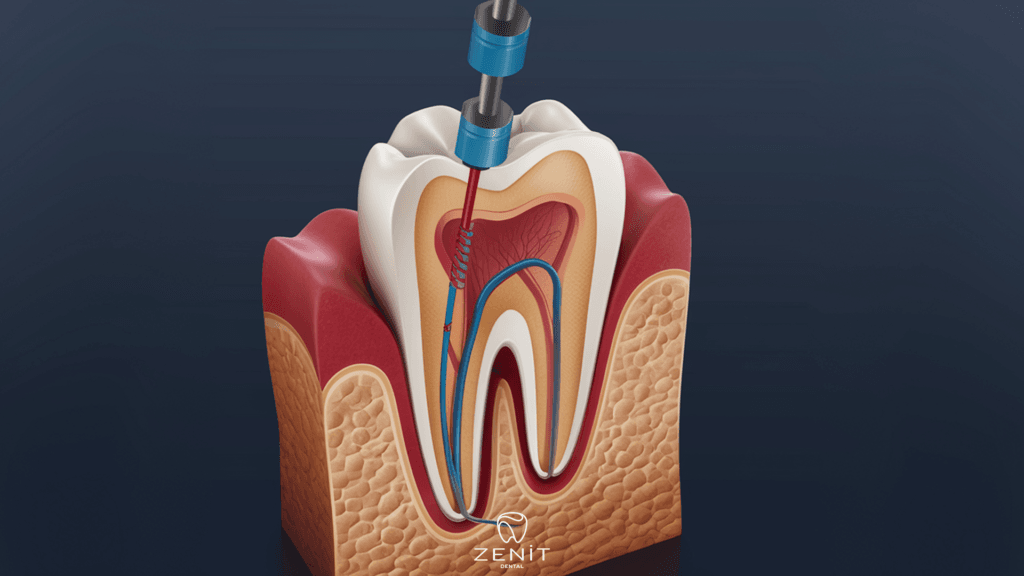Ensuring good oral hygiene is essential for a healthy smile and overall health. However, many people often confuse plaque and tartar two common dental problems. Although these two may look similar, they are completely different, and understanding the differences between them is very important to maintain a healthy mouth. Dec. In this article, we will examine what plaque and tartar are, how they are formed, their differences and how to remove them.
Oral hygiene is very important for overall health, and maintaining clean teeth is one of the most important aspects of oral health. Plaque and tartar can develop on teeth that are not cleaned properly, which can lead to gum disease and tooth decay. While plaque and tartar are often used interchangeably, they are two different substances that can have different effects on teeth. In this article, we will discuss the differences between plaque and tartar and how to Decontaminate them.
What Is Plaque? How Does Plaque Form On The Teeth?
Plaque is a sticky film of bacteria that forms on the teeth and gums. The bacteria in plaque feed on sugar and produce acid, which can eat away at tooth enamel and cause cavities. Plaque can also cause gum disease, which can lead to tooth loss if left untreated.
Plaque forms when bacteria in the mouth combine with food particles and saliva. The bacteria produce a sticky film that adheres to the teeth and gums. Plaque can form on any surface of the teeth, but it is most common in areas that are difficult to reach with a toothbrush, such as between the teeth and along the gum line. Decapitation.
What Is Tartar? How Does Black Tartar Form On Teeth?

Tartar is a hard, mineralized substance that forms on the teeth when plaque is not removed. Tartar is formed when minerals in saliva, such as calcium and phosphate, combine with plaque and harden. When tartar forms, it can only be removed by a dentist.
Black tartar or black calculus is a type of dark tartar. This is usually caused by the presence of tobacco, coffee or other dark-colored substances that stain tartar. Although black tartar is not necessarily more October harmful than other types of tartar, it can be unsightly and may require additional cleaning methods to be removed.
What Are The Differences Of Plaque Vs Tartar On Teeth?
Although plaque and tartar are both harmful to teeth, they have different properties and effects.
Plaque is a soft, sticky film that can be removed with regular brushing and flossing. Plaque can also be removed by a professional cleaning from a dental hygienist. If left untreated, plaque can lead to gum disease and tooth decay.
Tartar, on the other hand, is a hard, mineralized substance that cannot be removed by regular brushing and flossing. Tartar can only be removed by a dentist using special tools. Tartar, if left untreated, can lead to gum disease and tooth decay, and it can also make it difficult to clean teeth properly.
How to Remove Plaque and Tartar on Teeth?

The removal of plaque and tartar from the teeth is necessary for the protection of oral health. Here are some tips for removing plaque and tartar from teeth:
- Brush and floss regularly: Brushing at least twice a day and flossing once a day can help remove plaque from teeth before it hardens into tartar.
- Use an antiseptic mouthwash: Using an antiseptic mouthwash can help kill bacteria in the mouth and prevent plaque formation.
- Visit the dentist regularly: Regular dental cleaning can help remove tartar from teeth and prevent gum disease and tooth decay.
- Use tartar control toothpaste: Tartar control toothpaste can help prevent tartar formation on the teeth.
- Avoid sugary and acidic foods: Sugary and acidic foods can promote bacterial growth in the mouth and cause plaque and tartar accumulation.
- Quit smoking: Smoking can increase the risk of gum disease and tooth decay, and can also stain teeth with black tartar.
As a result, plaque and tartar are two different substances that can have a significant impact on oral health. While plaque is a soft, sticky film of bacteria that can be removed with regular brushing and flossing, tartar is a hard, mineralized substance that can only be removed by a dentist.
Maintaining good oral hygiene practices, such as regular brushing and flossing, using antiseptic mouthwash, and visiting the dentist for regular cleaning, can help prevent plaque and tartar buildup on the teeth. In October, avoiding sugary and acidic foods and quitting smoking may also help prevent bacterial growth in the mouth.
If you have a significant buildup of plaque or tartar on your teeth, it is important to seek professional dental care. Your dentist or dental hygienist can remove the buildup and provide advice on how to maintain good oral hygiene practices to prevent further buildup.
In summary, understanding the differences between plaque and tartar in teeth is essential for maintaining oral health. Dec. By practicing good oral hygiene habits and seeking professional dental care when necessary, you can prevent plaque and tartar formation and keep your teeth healthy and strong.






